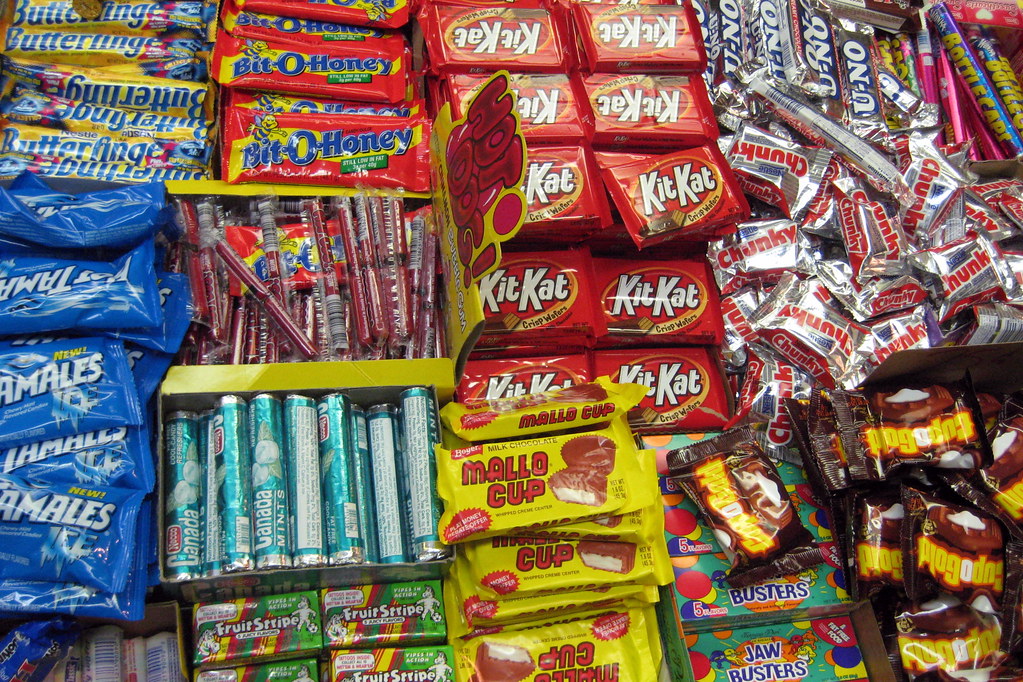Chocolate has traversed a fascinating journey from the ancient civilizations of Mesoamerica to its omnipresence in modern-day confectioneries around the globe. Initially regarded as a luxury item, accessible only to the elite, chocolate has metamorphosed into a staple commodity, savored by individuals across socioeconomic strata. This transition was facilitated by industrial advancements and a burgeoning global trade network. The ubiquity of chocolate hints at a profound economic narrative, interlinking millions of livelihoods and influencing the fiscal fabric of numerous nations.
The enchantment with chocolate, a concoction of cacao, traverses beyond its mellifluous taste to its economic footprint. The commodification of chocolate has generated a multibillion-dollar global industry, significantly impacting trade balances, employment rates, and economic policies. The global chocolate market isn’t merely a commercial venture but a testament to human ingenuity in transforming a humble bean into an emblem of sweet indulgence, thereby spinning an extensive economic web.
The Cacao Economy
Central to the tale of chocolate is the humble cacao bean, the lifeblood of a booming global industry. Nestled in the tropical regions, the cultivation of cacao is the economic cornerstone for many developing nations. Countries like Côte d’Ivoire, Ghana, and Indonesia are emblematic of regions where the cacao agronomy forms the bulwark of rural economies.
The cacao cultivation narrative is intertwined with the lives of millions of smallholder farmers. Their toil and sweat germinate into the cacao pods, which are the genesis of the chocolate odyssey. The livelihood of these farmers is tethered to the volatile global cacao market prices, and their economic well-being oscillates with the tides of global market dynamics. The cacao agriculture not only provides employment but also shapes the socio-economic landscape of these regions, creating a ripple effect that resonates through the local and national economy.
Chocolate Production and its Economic Implications



The narrative of cacao metamorphosing into chocolate bars encapsulates a complex, value-added process. This transformation is orchestrated by an array of actors, ranging from local artisans to colossal chocolate manufacturing conglomerates. The latter, with their extensive capital and technological prowess, dominate the global chocolate market, carving a significant economic imprint.
The behemoths of chocolate manufacturing, such as Mondelez International, Mars, Incorporated, and Ferrero SpA, wield substantial economic clout. Their operations have far-reaching implications on local economies. They foster employment, stimulate technological adoption, and engender a network of ancillary industries including packaging, logistics, and advertising. Moreover, their market strategies and investment decisions reverberate through the global chocolate supply chain, impacting everything from cacao procurement practices to retail pricing. Their engagement with local cacao producers often dictates the economic vitality of the regions they operate in, underlining the symbiotic yet complex relationship between chocolate production and economic dynamics.
Trade and Global Market
The narrative of chocolate isn’t confined to its point of origin but is a global tale, intricately woven through the threads of international trade. The commerce of chocolate and cacao products spans across continents, contributing significantly to the global economy. Nations export and import vast quantities of cacao beans and finished chocolate products, engaging in a complex trade network influenced by market dynamics and regulatory frameworks.
The dance of demand and supply orchestrates the pricing mechanism in the cacao-chocolate market. Consumer predilections, seasonal variations, and production capacities are just a few of the myriad factors influencing this economic ballet. Prices of cacao and chocolate products oscillate in response to these dynamics, impacting the stakeholders across the supply chain. Additionally, trade policies, tariffs, and international agreements further shape the global chocolate market, often acting as catalysts or deterrents to trade flows.
Sustainable Chocolate Economy



In recent times, the crescendo for ethical consumerism has reverberated through the chocolate industry, giving impetus to the fair trade and ethically sourced chocolate movement. This burgeoning trend reflects a collective endeavor to meld economic objectives with ethical imperatives. Fair trade certifications and ethically sourced labels are not mere badges but signify a shift towards a more equitable and sustainable chocolate economy.
The economic ramifications of sustainable cacao farming and ethical chocolate production are manifold. They promise a fair remuneration to the farmers, thereby improving their living standards and fostering economic development in cacao-producing regions. Moreover, sustainable practices in cacao cultivation and chocolate production augur well for the environment, ensuring a harmonious co-existence with nature, which in turn secures the long-term economic viability of the cacao-chocolate industry.
Innovations and Future Trends
The chocolate saga is continually evolving, driven by technological innovations that promise to redefine the cacao-chocolate narrative. From sophisticated machinery accelerating the production process to blockchain technology ensuring traceability and transparency in the supply chain, the horizon of innovation is expansive. These technological advents are not merely operational enhancers but are catalysts propelling the economic viability and sustainability of the chocolate industry.
The chocolate and cacao industry harbors immense potential in contributing to economic growth and sustainability. By embracing innovations, fostering ethical practices, and engaging in equitable trade, the industry can be a significant player in driving economic development, especially in cacao-producing regions.
Conclusion
The tapestry of chocolate and economy is a rich and intricate one, epitomizing the global love for chocolate as a potent driver of economic activities, trade, and innovations. The cacao bean’s journey from the fertile soil to the chocolate bar is a narrative replete with economic dialogues, embodying the symbiotic relationship between indulgence and economy. As we unravel the layers of this narrative, the economic essence of chocolate becomes palpable, reflecting a commodity that transcends cultural boundaries, stimulates economic endeavors, and entices innovations, making the world a bit sweeter with every bite.

